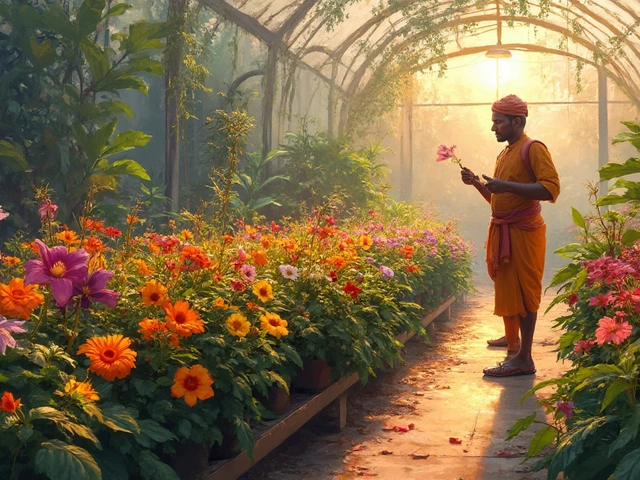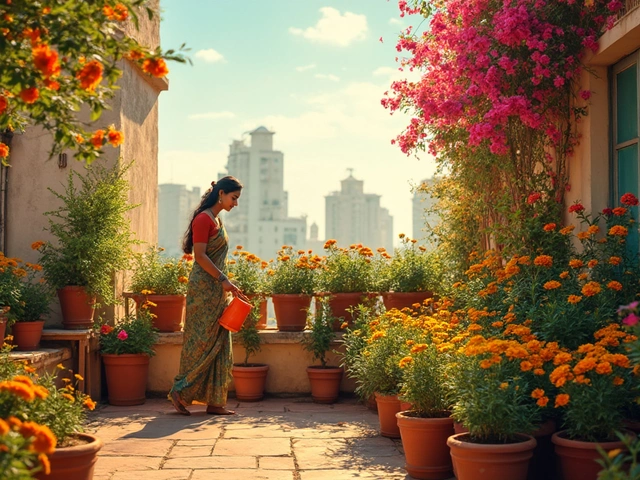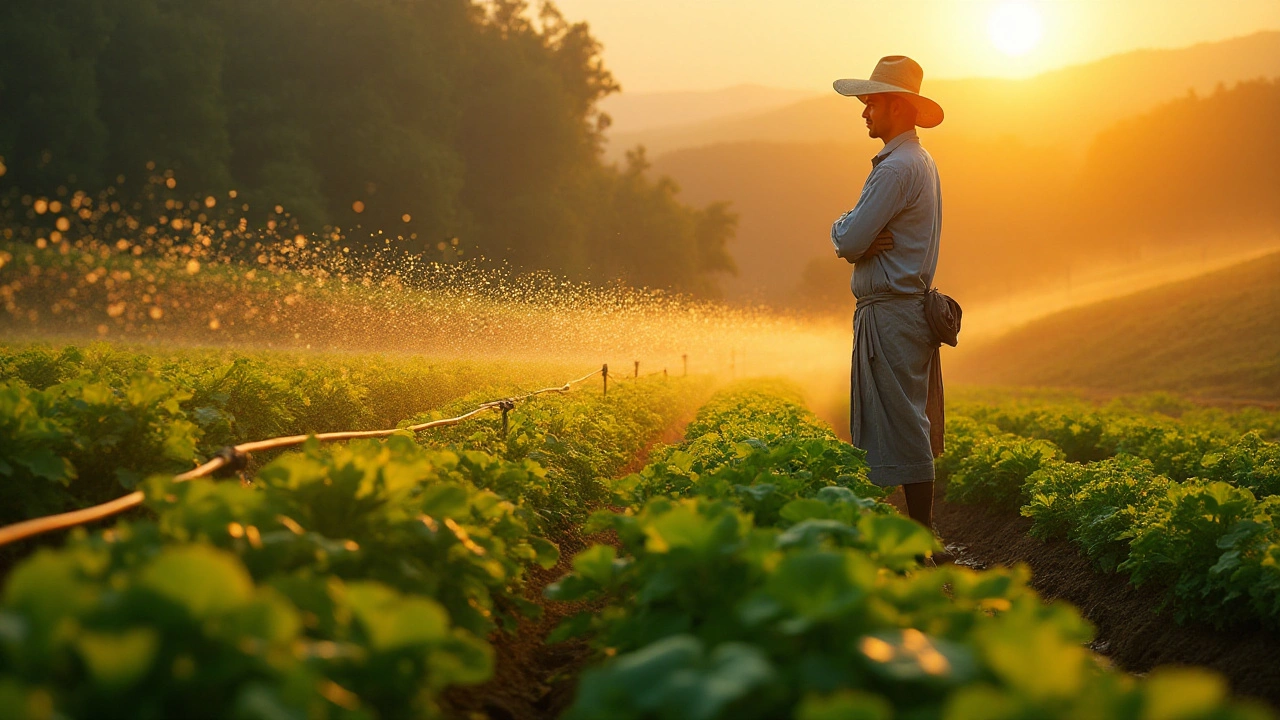30/30 Rule: Simple Watering Trick for Healthier Gardens
If you’ve ever wondered why some plants look great while others stay wilted, the 30/30 rule might be the missing link. It’s a quick method: water a plant for 30 seconds, then wait 30 minutes before checking the soil. This pause lets water soak in and prevents over‑watering, saving water and keeping roots happy.
How the 30/30 Rule Works in Practice
Start by giving your plant a steady 30‑second shower with a gentle hose or watering can. Use just enough water to wet the top inch of soil. Then step away for about half an hour. During that time the water moves deeper, and you can see if the surface stays moist or dries out. If it’s still soggy, cut back next time. If it’s dry, add a little more.
This rhythm works for outdoor beds, balcony containers, and indoor houseplants. For drip irrigation fans, think of the rule as a timing check: set your drip line to release water for roughly 30 seconds per zone, then let the system pause. That tiny burst mimics natural rain and helps the soil retain moisture without wastage.
Tips to Combine the 30/30 Rule with Other Garden Hacks
Pair the rule with mulching. A thin layer of straw or compost keeps the surface damp longer, so the 30‑minute wait feels more effective. When using coffee grounds, remember some plants hate them – check your ‘Plants That Hate Coffee Grounds’ guide before mixing.
If you’re dealing with heavy soil, lighten it first (see our ‘How to Loosen Heavy Garden Soil’ post). Loose soil lets water travel down faster, making the 30‑second burst reach roots more efficiently. For indoor growers, let tap water sit for a few hours to let chlorine evaporate before applying the 30‑second dose – see ‘How Long to Let Tap Water Sit’ for details.
Seasonal timing matters too. During hot Indian summers, you might need two 30‑second cycles back‑to‑back, while in monsoon months a single burst is enough. Keep an eye on the best months for flower blooming in India – the rule helps you fine‑tune watering for those peak bloom periods.
Finally, track results. Write down how long you water, what the soil does after 30 minutes, and any leaf changes. Over weeks you’ll see patterns and can adjust the timing, amount, or frequency. The 30/30 rule isn’t a strict law; it’s a flexible guide that adapts to your garden’s needs.
Give it a try today. Grab a timer, set it to 30 seconds, water a plant, wait 30 minutes, and see how the soil feels. You’ll notice fewer yellow leaves, healthier growth, and a smaller water bill. It’s a tiny habit that makes a big difference – perfect for anyone wanting a greener, more sustainable garden.
Mastering the 30/30 Rule for Efficient Drip Irrigation
The 30/30 rule for drip irrigation is a practical guideline designed to enhance water efficiency in gardening and agriculture. It suggests applying water to your plants for 30 minutes, followed by a resting period of another 30 minutes, allowing the soil to absorb and distribute moisture effectively. This method helps prevent water wastage and encourages deeper root growth, making it a sustainable choice for managing water resources. By understanding and implementing this rule, gardeners and farmers can achieve healthier plants and more efficient water usage.
About
Gardening
Latest Posts


Can You Grow Rice from Store-Bought Rice? Exploring the Possibilities
By Alden Thorne Feb 8, 2025

Year-Round Flowering Plants in India: A Gardener's Guide
By Alden Thorne Dec 30, 2024

What Not to Grow in a Greenhouse: Avoid These Flower Flops
By Alden Thorne Mar 24, 2025

